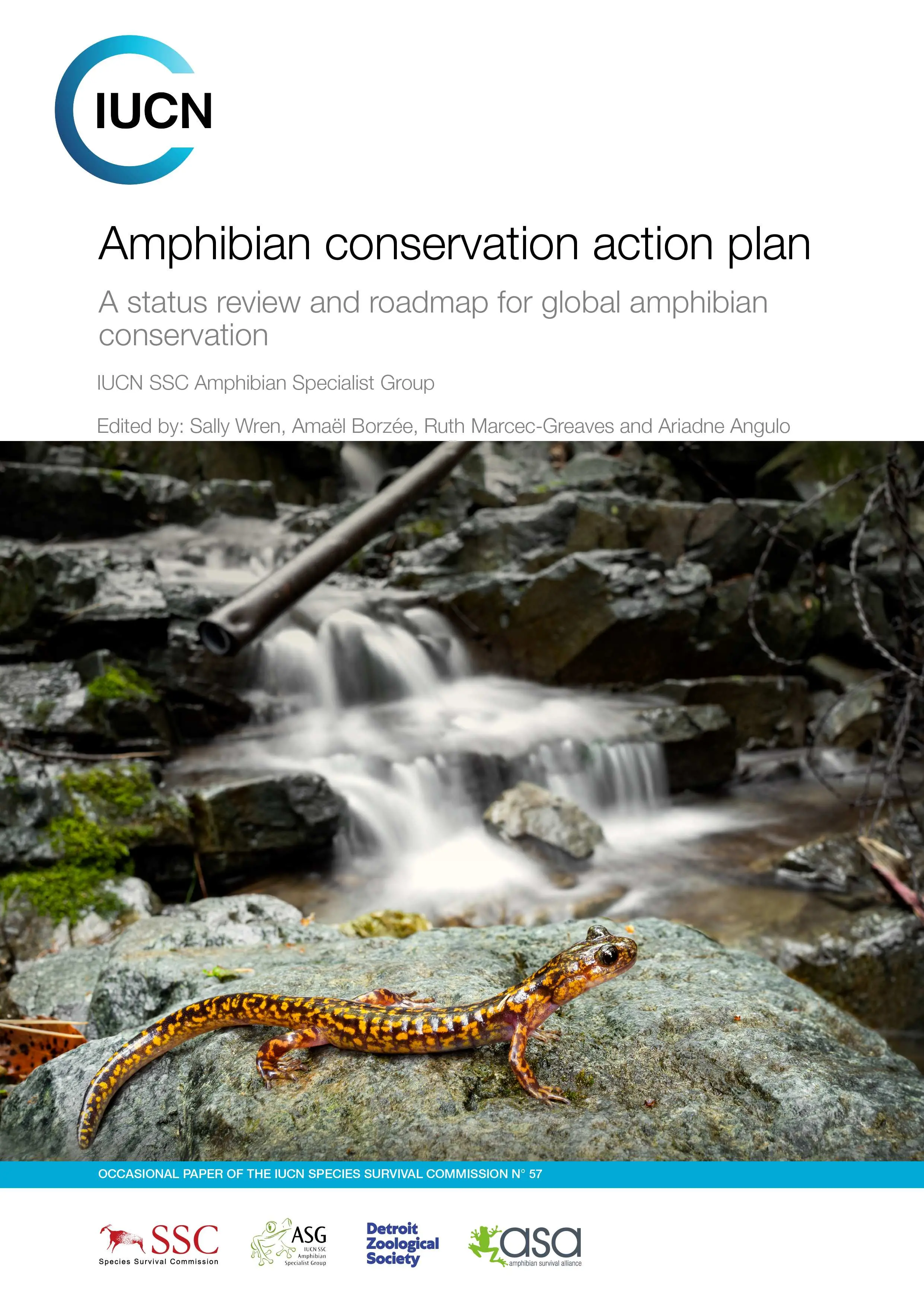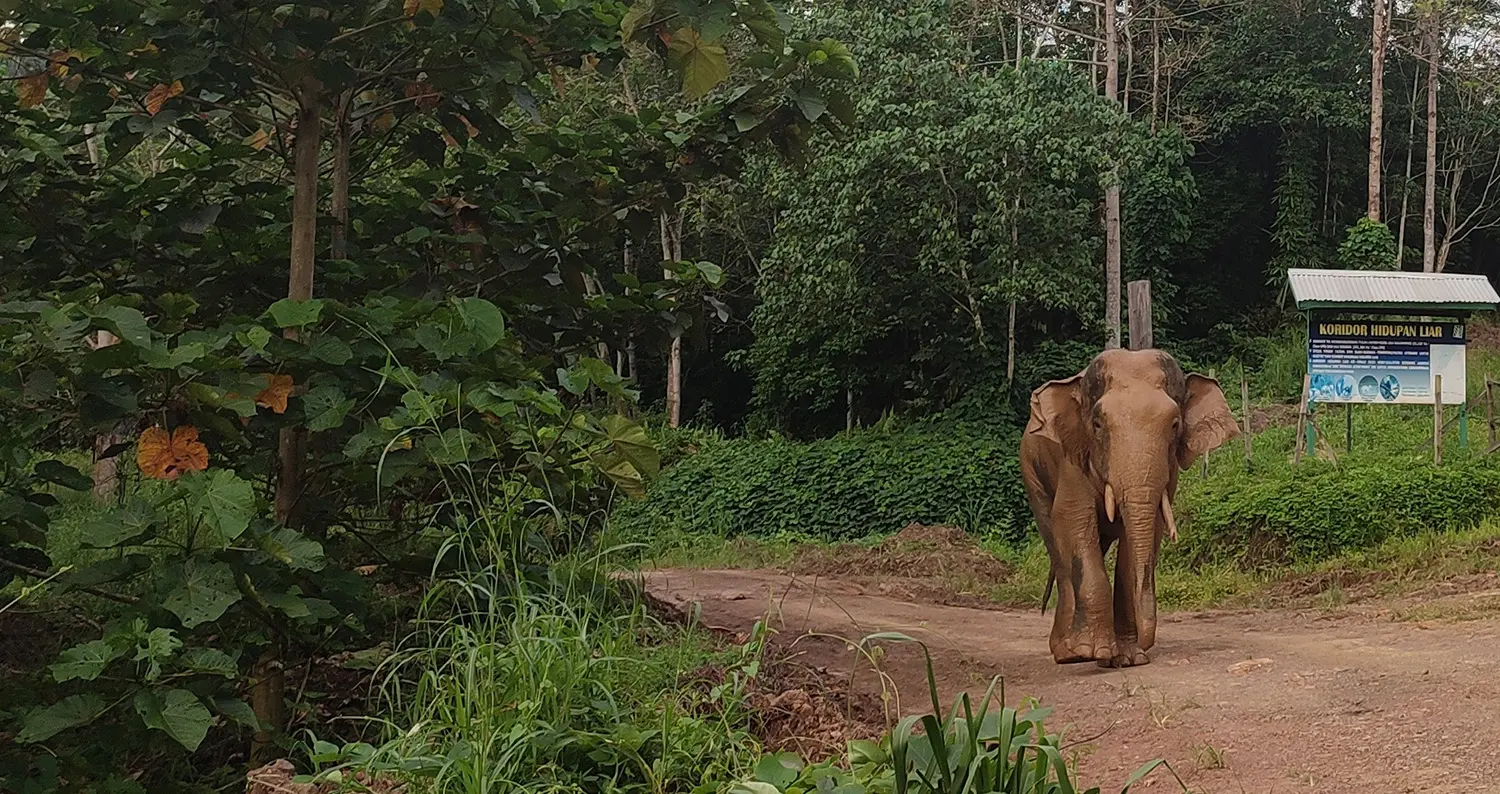Search: Species conservation science resources

News | 23 Jul, 2024
The updated Amphibian Conservation Action Plan, a collaborative document authored by more than 100 global experts, is published, collating the most up-to-date evidence base to inform amphibian conservation action.

News | 18 Jul, 2024
Alpenzoo Innsbruck and IUCN SSC launches new Centre for Species Survival to aid endangered wildlife
Alpenzoo (Austria) is the 19th conservation organisation to establish a Centre for Species Survival in collaboration with the IUCN Species Survival Commission (SSC), the world’s largest volunteer conservation-science network.

Publication | 2024
Guidelines for the application of IUCN Red List of Ecosystems Categories and Criteria : version 2.0
The IUCN Red List of Ecosystems is the global standard for ecosystem risk assessment and a framework for monitoring the status of the world’s ecosystems. It is part of the growing toolbox for assessing risks to biodiversity and aims to support conservation, resource use and management…

Publication | 2024
Amphibian conservation action plan
As the most threatened vertebrate class on earth, amphibians are at the forefront of the biodiversity crisis, with the recognition of global amphibian declines and extinctions dating back several decades now.

Press release | 27 Jun, 2024
Bornean elephant Endangered - IUCN Red List
Gland, Switzerland, 27 June 2024 (IUCN) –The Bornean elephant has been assessed as Endangered, due to threats from human activities, according to today’s update of the IUCN Red List of Threatened Species™. The update also reveals that invasive snakes are driving endemic reptiles on the…

Story | 27 Jun, 2024
Borneo elephants now classified as Endangered on the IUCN Red List
The IUCN Red List is a barometer of the world’s biodiversity. It is used by governments, conservation organisations, academics and planners to inform and catalyse action for species conservation. Currently, over 163,000 species of animals, fungi, and plants are included on the Red List, 28% of…

Press release | 20 Jun, 2024
Iberian lynx rebounding thanks to conservation action - IUCN Red List
Gland, Switzerland, 20 June 2024 (IUCN) – The Iberian Lynx has improved from Endangered to Vulnerable on The IUCN Red List of Threatened Species™, continuing its dramatic recovery from near extinction thanks to sustained conservation efforts.

Jointly published | 2024
Development of a regional capacity in natural capital accounting of protected areas in West Africa
West Africa is characterized by rapid population growth, endemic poverty and poor governance and management of natural resources. This situation is exacerbated by the negative effects of climate change and is unequivocally leading to the depletion of West African natural capital, including the…

Publication | 2024
Our living planet is and has always been on the move. Many species move in search of necessities such as food, water, shelter, reproduction, and safety. In some cases, movements are an adaptive response to environmental stresses and shocks; in other cases, environmental change, whether land…

Story | 10 Jun, 2024
Kiwa Initiative facilitates social media session at Heritage in Young Hands EcoCamp
The Sigatoka Sand Dunes National Park recently hosted the annual Heritage in Young Hands (HIYH) EcoCamp, an event focused on environmental education.
